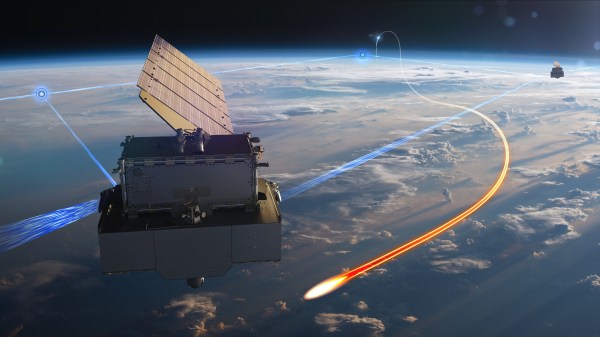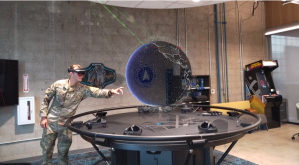Space Force aiming to address satcom shortfalls in future budgets

A recent study conducted by the Space Force indicated that the service isn’t pumping enough money into communications satellites to meet the rising demand for connectivity, according to a top official.
“The capabilities that we need that address the resilience, that address the capacity, that address the very specific needs — we have laid that out. That is an investment area that we, in the Space Force, need to address as we go into future budgets. There’s not enough of it there yet,” Vice Chief of Space Operations Gen. David “D.T.” Thompson said Thursday at Defense One’s annual Tech Summit.
The analysis underpinning those assessments was recently completed by the Space Warfighting Analysis Center (SWAC) — a Space Force organization dedicated to designing the nascent service’s future space architectures and force designs.
Although Thompson did not go into specific details about the SWAC’s findings, he said the technology the service needs is available with the right investments.
“We’ve thought very carefully about the types of services required — where you can and should rely on commercial, where you can and should rely on specific military capabilities, how they integrate together,” he said. “I think we’ve got that design work done, but that design work has shown us we need more investment.”
Thompson did note that part of the SWAC’s force design will include the Space Development Agency’s upcoming transport layer of satellites. The satellites are part of a larger architecture — the Proliferated Warfighter Space Architecture (PWSA) — that is expected to feature hundreds of spacecraft in low-Earth orbit (LEO) carrying critical warfighting capabilities.
The plan will also include newer commercial constellations in LEO, as well as more traditional commercial satellite services that reside in higher orbital regimes such as geosynchronous orbit, Thompson said.
“The technologies and the capabilities are there, we just have to invest in them to deliver the integrated capability,” he said.






